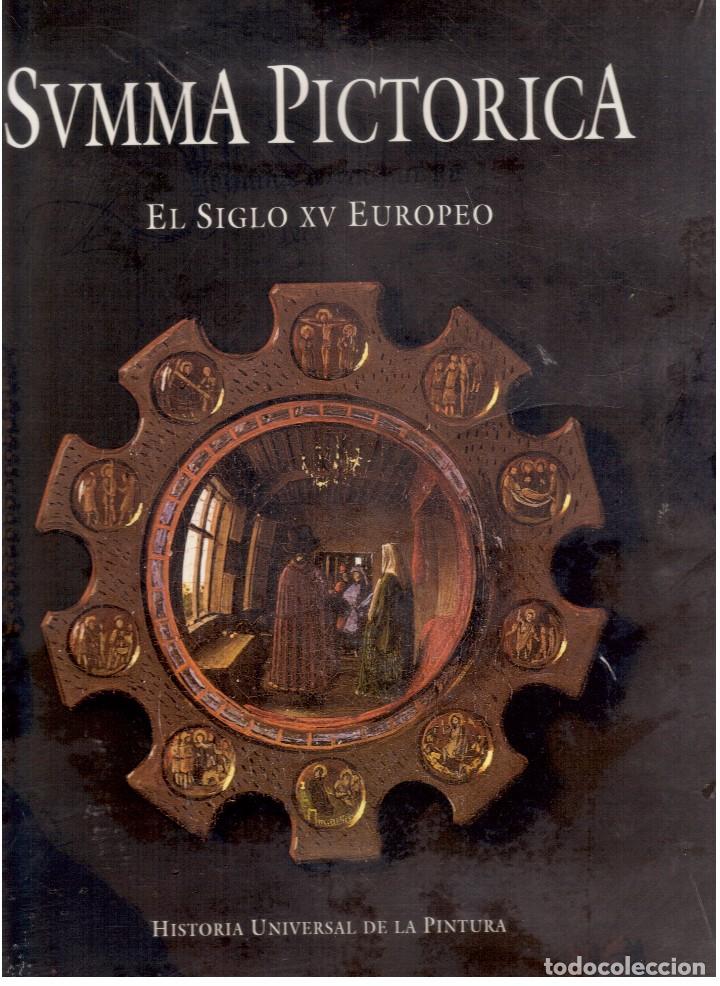
De Bruyn 2001e
“Los Grandes Trípticos del Bosco” (Eric De Bruyn) 2001
[in: Joan Sureda (ed.), Svmma Pictorica III – El Siglo XV Europeo. Planeta, s.l. (Barcelona), s.d. (2001), pp. 318-335]
This contribution is a general introduction to Bosch and focuses in particular on Bosch’s most important triptychs. Most scholars consider Bosch a moralizing painter whose art conveys a conventional Christian message. The cultural-historical approach has proven to be the most fruitful one, when it comes down to a correct understanding of his paintings. Bosch lived in the Duchy of Brabant around 1500, and so it is primarily (the study of) the culture and the literature of this region that may serve as a trustworthy guide to this painter’s art. In his hometown ’s-Hertogenbosch Bosch was a well-to-do burgher. As an artist he seems to have been highly appreciated by the highest circles of nobility, during and after his lifetime.
The central panel of the Haywain triptych shows the sinful behaviour of mankind but at the same time it reminds the viewer that every sinner can be redeemed, thanks to Jesus (who is showing His wounds at the top of the panel). The precise meaning of the hay symbolism is not only explained by Biblical passages, but also by late medieval, Dutch- and Latin-written literary texts. Middle Dutch literature in particular can often lead to a better understanding of Bosch’s symbolism, as is proven by the pedlar who uses a stick to keep away a snarling dog in the exterior panels. In Middle Dutch texts, a pedlar’s basket could refer to man carrying around the burden of his sins, a snarling dog could represent the devil, and a stick could symbolize the support offered by a true belief in Christ. This is what Bosch always does: he warns of folly, sin, and the devil but also encourages the pious imitation of Christ and the saints, and the final goal of all this is to arrive in Heaven, after the Last Judgement.
One of those exemplary saints is St Anthony Abbot, to whom the wonderful Temptations of St Anthony triptych in Lisbon is dedicated. The interior panels overwhelm the viewer with an avalanche of brilliantly depicted devils, witches and infernal riffraff that try to disturb the holy hermit as much as possible. The scenes in which Anthony is tempted physically were obviously inspired by medieval collections of saints’ lives such as the Legenda aurea or the Vitas Patrum, but in other scenes the temptations are of a more psychological nature, and here Bosch seems to have given free rein to his imagination, letting the diabolical creatures hurt Anthony mentally by abusing and destorting everything that the hermit holds dear. Nevertheless, unaffected by the infernal harassment all around him, Anthony is pointing toward Christ, who is standing next to an altar with a crucifix. Bosch’s message is that the temptations of the devil can be withstood by meditating on the Passion of Christ, to which the scenes in the exterior panels are referring.
Another Bosch masterpiece is the Prado Garden of Delights triptych. Scholars do not agree about the iconography of this painting, in particular of its central panel. But if we interpret the man and the woman in the lower right corner of this panel as Adam who is accusing his wife Eve of having brought sin into the world, the central panel’s theme may be Sicut erat in diebus Noe, which is a quote from Matthew (24, 37) and is part of a passage in which Christ warns of the Last Judgement. The central panel would thus show the depravity of mankind before the Flood resulting from the Fall of Adam and Eve and may be understood as another warning of the Last Judgement, for sinful and lecherous behaviour will eventually be punished in Hell. A lot of details in this fascinating work of art are still waiting for a further explanation. The problem here is the 500 years gap between the late Middle Ages and our own times because of which the modern spectator (no longer familiar with the allegorical way of looking at things) finds it hard to understand the exact meaning of particular late medieval metaphors and symbols. This gap can be narrowed, though, by carefully studying the literature, art, and cultural environment of the artist’s own times.
Neither is there a general consensus on the chronology of Bosch’s works and in some cases there are also doubts about the authenticity of a particular painting. Systematical laboratory research of Bosch’s oeuvre is one of the most urgent desiderata for the near future. If this results in the disappearance of some works from the Bosch catalogue, this should not be seen as a complete loss, for then these works will become part of another interesting field of study: the vast body of paintings produced by sixteenth-century Bosch imitators and followers.
[explicit 28th May 2020]